Sourav Pan
Transcript
HACCP stands for Hazard Analysis Critical Control Points.
HACCP is a systematic, preventive approach to food safety that identifies, evaluates, and controls hazards throughout the food production process.
It addresses three types of hazards: biological hazards like bacteria and viruses, chemical hazards like cleaners and pesticides, and physical hazards such as glass or metal fragments.
Rather than inspecting finished products, HACCP focuses on preventing hazards during production.
This proactive system ensures safety at each step of food handling, from raw material acquisition through production, processing, distribution, and consumption.
In summary, HACCP is a systematic approach that focuses on prevention rather than detection of food safety hazards.
The origins of HACCP trace back to the early 1960s.
HACCP, or Hazard Analysis Critical Control Point, was developed over a period spanning from the 1960s through the 1970s.
The system was originally developed through a collaboration between three key organizations.
NASA needed to ensure absolute food safety for astronauts in space missions, where foodborne illness could be catastrophic.
The system gained wider recognition in the 1970s when the Pillsbury Company successfully implemented it to address a baby food contamination incident.
This practical application demonstrated HACCP’s effectiveness in preventing foodborne hazards in commercial food production.
HACCP’s origins in the space program established a foundation for the preventive food safety approach that would eventually be adopted worldwide.
Principles 2 and 3 of HACCP focus on identifying critical control points and establishing their critical limits.
Principle 2 deals with Critical Control Points, known as CCPs.
A Critical Control Point is a specific point, step, or procedure where control can be applied to prevent, eliminate, or reduce food safety hazards to acceptable levels.
Common examples of Critical Control Points include cooking temperatures, cooling procedures, metal detection, and pH control.
In a typical food production process, several steps may be identified as Critical Control Points. Here, storage, cooking, and cooling are designated as CCPs where control measures must be applied.
Once Critical Control Points are identified, Principle 3 comes into play: establishing Critical Limits for each CCP.
Critical Limits are measurable parameters that separate acceptable from unacceptable. They establish the boundaries of safety for each Critical Control Point.
Examples of Critical Limits include minimum cooking temperatures, maximum pH levels, cooling timeframes, and proper storage temperatures.
Let’s visualize a critical limit for cooking chicken. The USDA requires poultry to reach a minimum internal temperature of 165 degrees Fahrenheit to ensure safety.
Each Critical Control Point must have at least one Critical Limit. These limits provide the parameters that must be met to ensure food safety.
Critical Control Points and their associated Critical Limits form the foundation of an effective HACCP system. Together, they establish where control is needed and what parameters define safety.
HACCP Principles 6 and 7 focus on verification and record-keeping, essential components of a successful food safety management system.
Principle 6 establishes verification procedures to confirm the HACCP system is operating effectively.
Verification includes system reviews, which examine the entire HACCP plan to ensure it remains scientifically valid.
Random sampling and testing of products validates that critical limits are effective at controlling identified hazards.
Records auditing ensures documentation is complete, accurate, and up-to-date.
Equipment testing verifies that monitoring instruments and control devices are properly calibrated and functioning as intended.
Verification activities occur at different frequencies depending on the nature and criticality of the control points.
Once verification confirms system effectiveness, proper documentation becomes crucial.
Principle 7 mandates comprehensive documentation and record-keeping of all HACCP-related activities.
The HACCP plan itself must be documented, including hazard analysis, critical control points, and monitoring procedures.
Monitoring records capture real-time data from critical control points, such as temperature logs and pH measurements.
Corrective action reports document deviations, their resolution, and measures to prevent recurrence.
Verification records provide evidence that the system is being regularly validated through calibration logs and test results.
Thorough record-keeping delivers several critical benefits to food operations.
Records provide concrete evidence of food safety compliance, which is essential during inspections and audits.
Well-maintained documentation helps identify trends and recurring issues before they become serious problems.
Records support continuous improvement by providing data for analysis and system refinement.
Proper documentation satisfies regulatory requirements from food safety authorities worldwide.
Food businesses should establish clear record retention policies that meet or exceed regulatory requirements.
Together, verification and record-keeping form the backbone of a sustainable HACCP system, ensuring continuous improvement and regulatory compliance.
HACCP systems are adapted across diverse food sectors to address their unique hazards and processing methods.
Each industry implements HACCP principles with specific modifications relevant to their products and processes.
In meat processing, HACCP focuses on controlling pathogens like E. coli O157:H7 and Salmonella.
Critical control points include cooking temperatures, chilling procedures, and preventing cross-contamination.
For seafood, HACCP addresses specific concerns like histamine formation in scombroid fish and parasites in raw products.
Time-temperature controls, freezing for parasite destruction, and receiving inspection are critical control points.
In dairy operations, HACCP is centered around pasteurization as a critical control point.
The process flow includes strict temperature controls during pasteurization to eliminate pathogens.
High-temperature short-time pasteurization requires a minimum of 72 degrees Celsius for 15 seconds, with continuous monitoring and verification.
Ready-to-eat foods face unique challenges, particularly with Listeria monocytogenes and post-processing contamination.
Controls include robust environmental monitoring programs, post-lethality treatments, and strict sanitation procedures.
Each food industry adapts HACCP to address its specific hazards and processing methods.
Meat processing focuses on pathogen control through cooking and chilling. Seafood addresses histamine formation and parasites with time-temperature controls.
Dairy operations emphasize pasteurization and cold chain maintenance. Ready-to-eat foods require special controls for Listeria and post-processing contamination.
While the seven HACCP principles remain constant, their application varies significantly across food sectors, demonstrating the system’s adaptability and effectiveness.
HACCP has become the cornerstone of international food safety management.
The system was officially endorsed by the Codex Alimentarius Commission in 1997, establishing it as an international standard.
Since then, HACCP principles have been integrated into regulatory frameworks worldwide, becoming mandatory in many jurisdictions.
HACCP facilitates international trade by providing a common food safety language and standards that are recognized across borders.
These principles have been incorporated into ISO food safety management systems like ISO 22000, as well as various national regulations.
As food supply chains become increasingly global and complex, HACCP continues to evolve while maintaining its core principles.
Throughout these changes, HACCP remains the fundamental approach to ensuring food safety from farm to fork, providing a science-based framework for hazard control throughout the global food chain.
Study Materials
No study materials available for this video.
Helpful: 0%
Related Videos
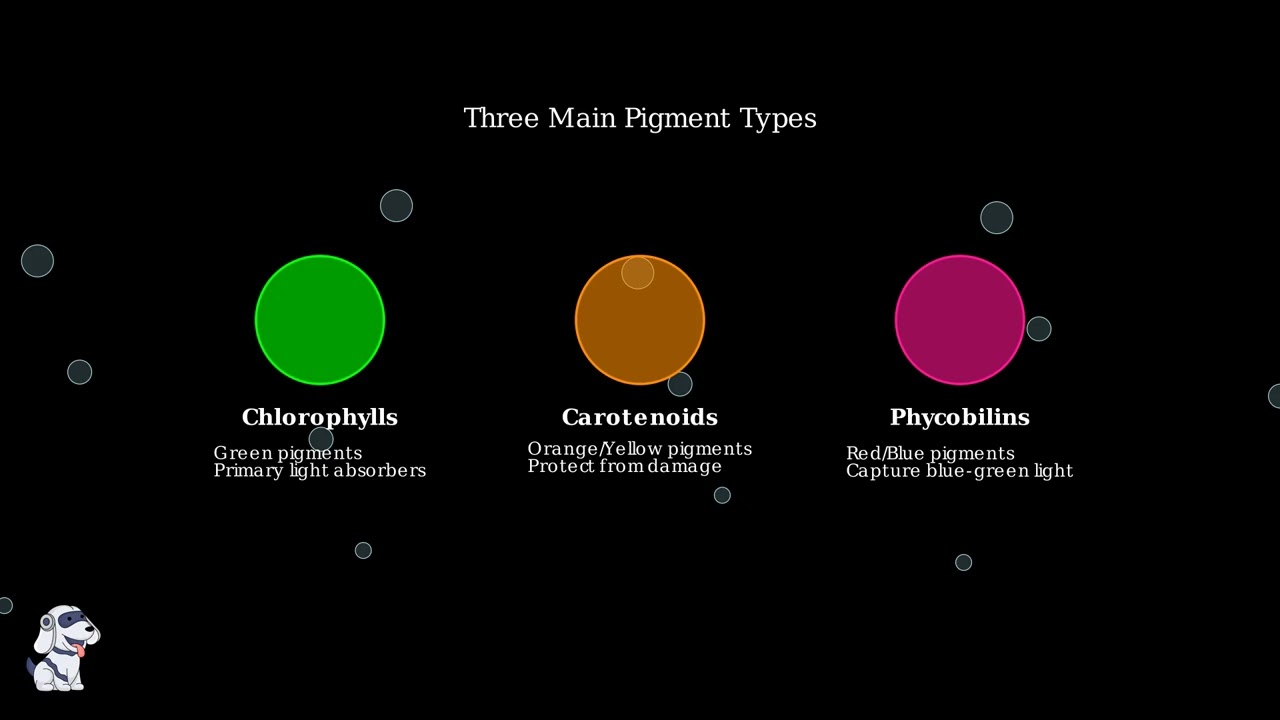
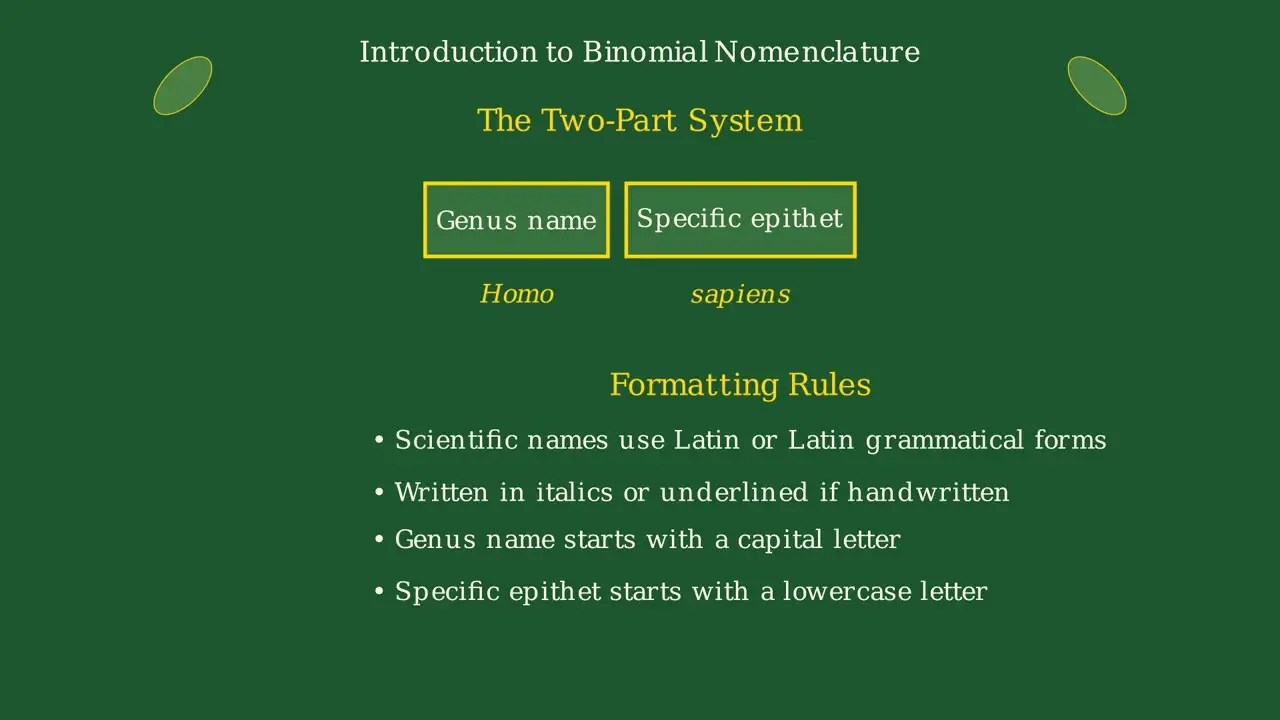
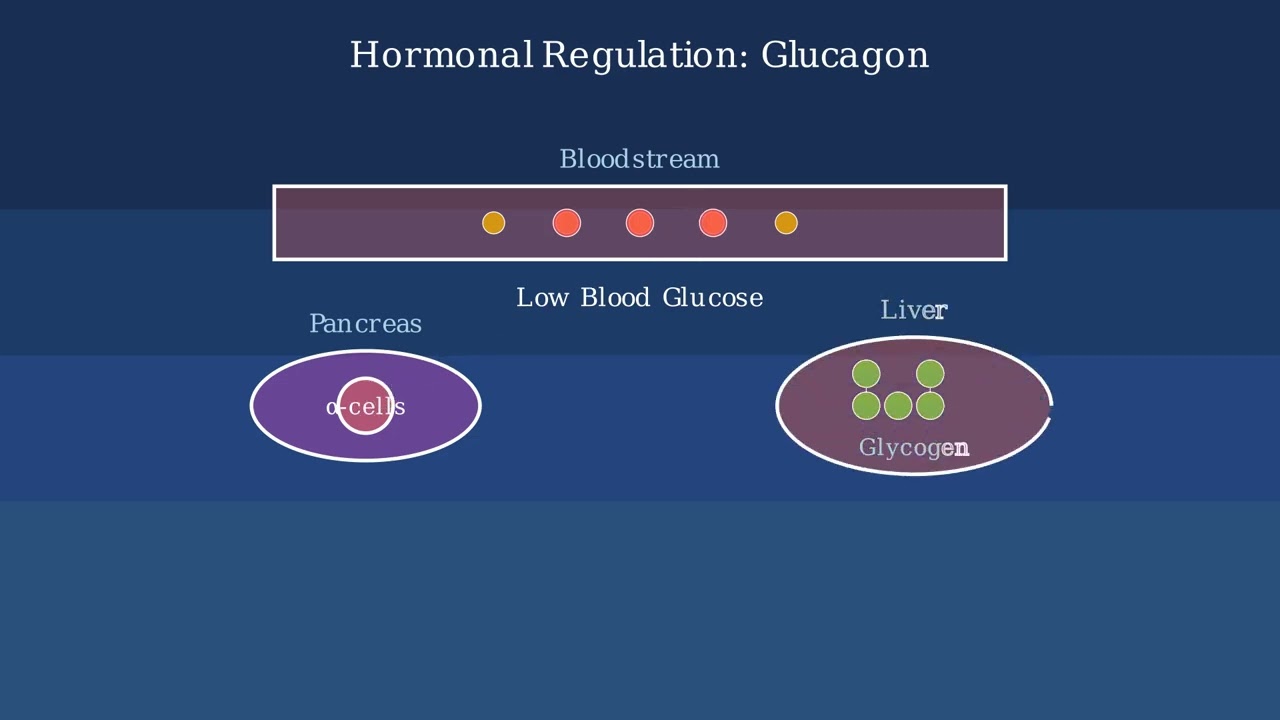

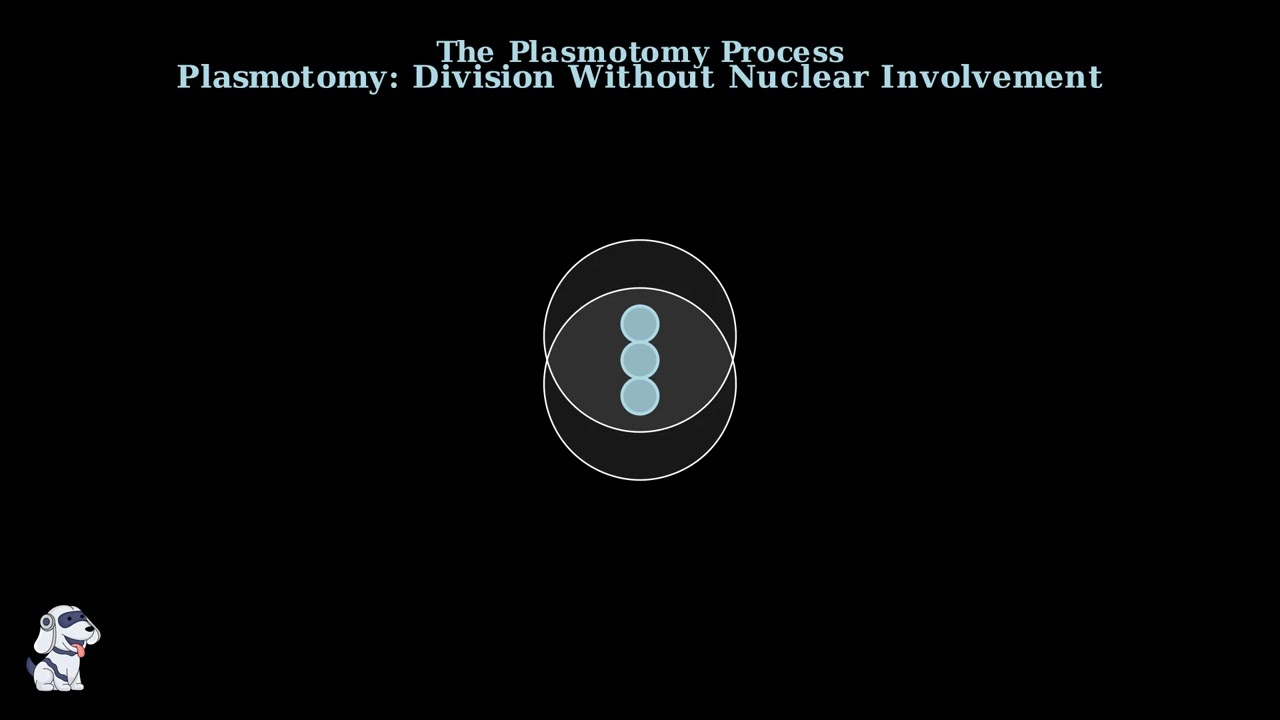
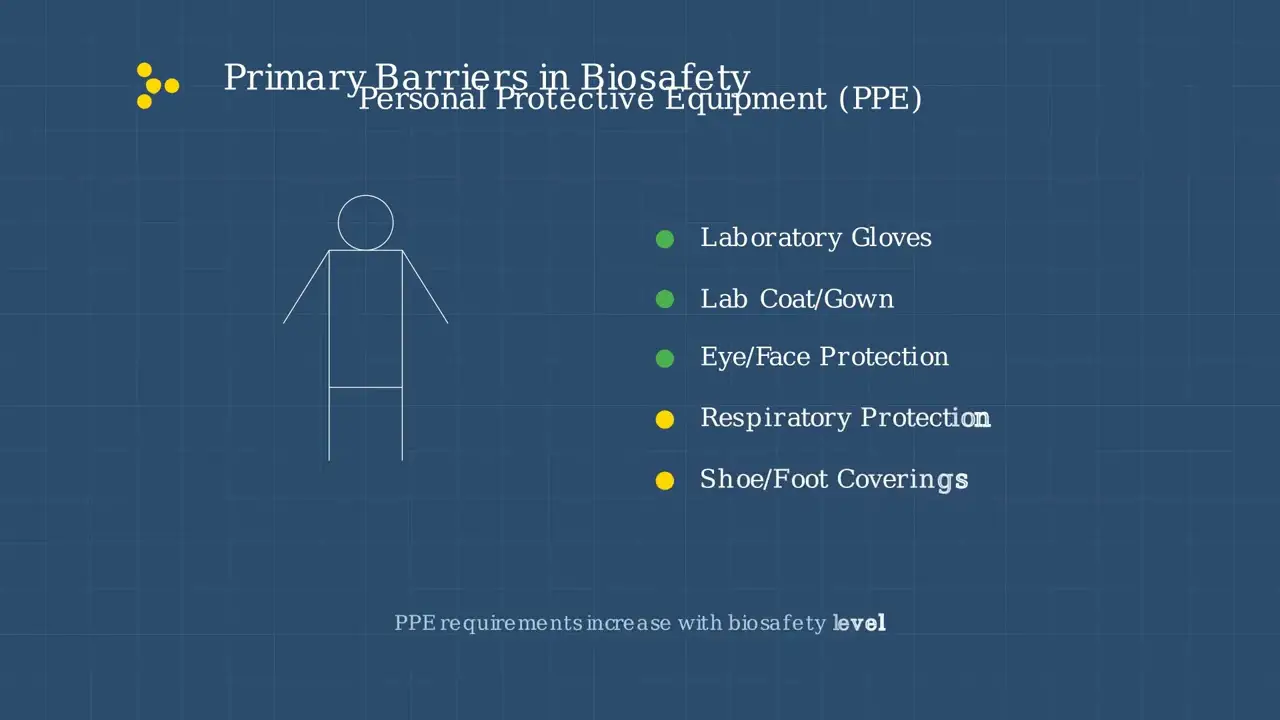
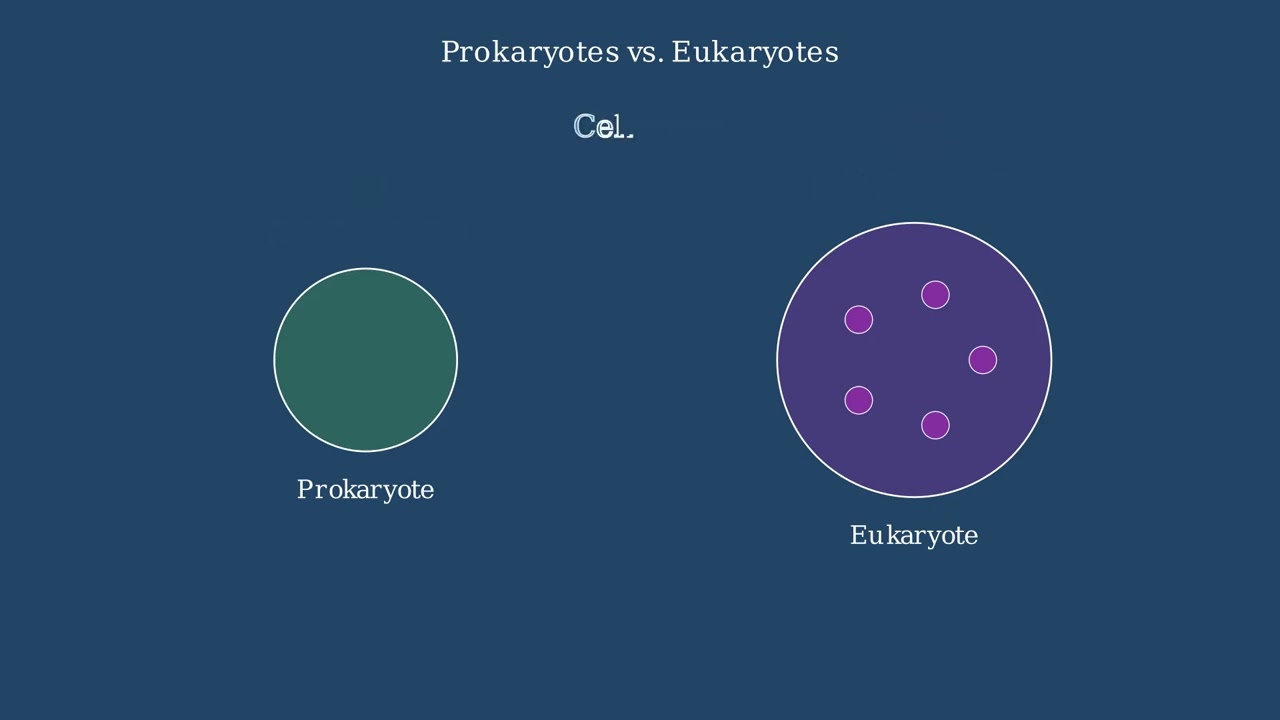
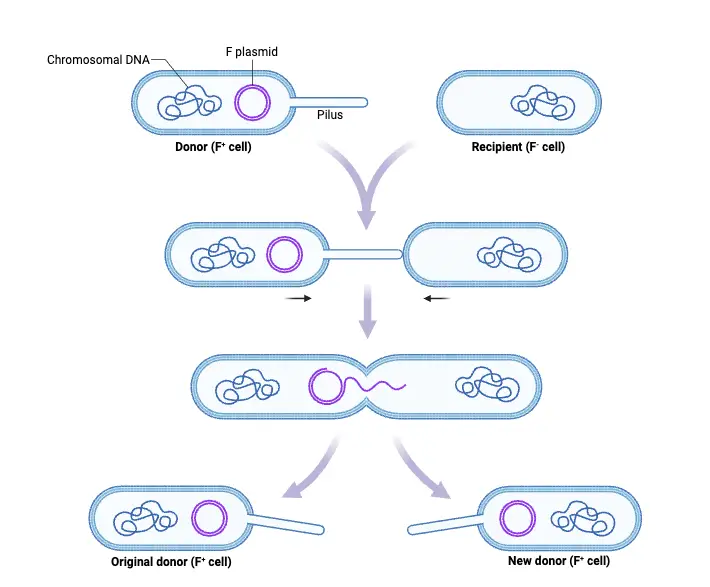
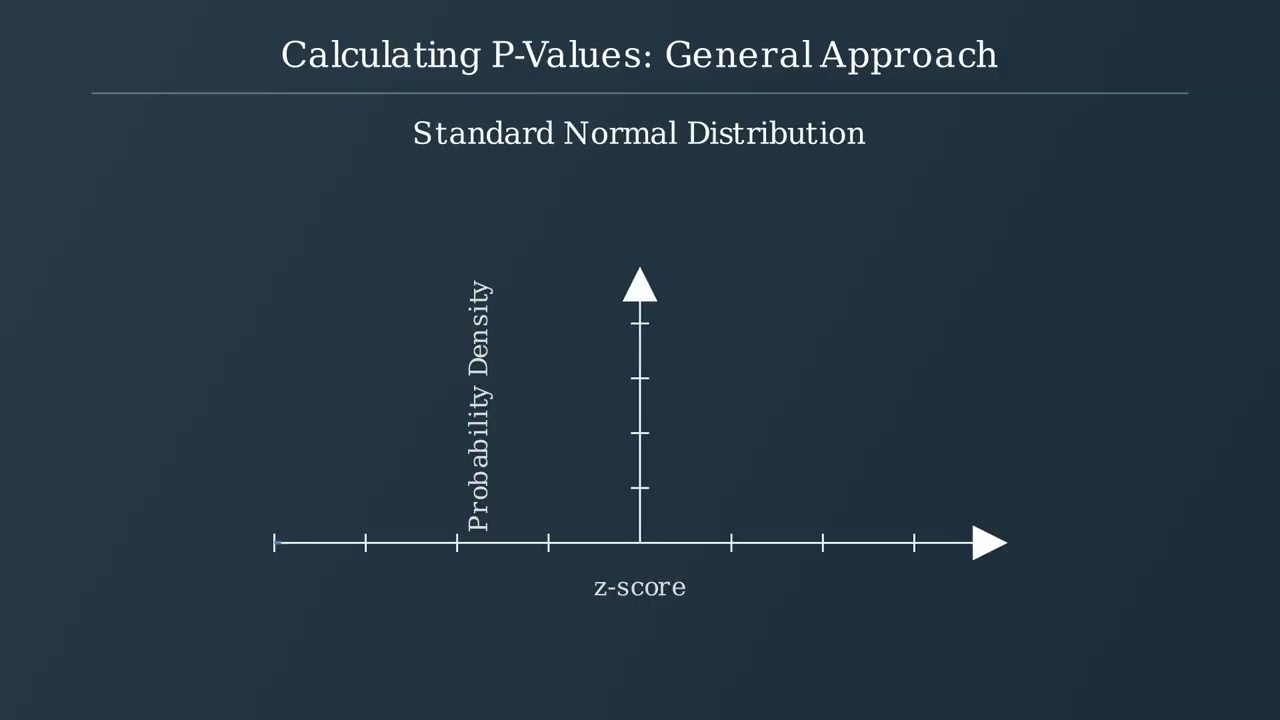
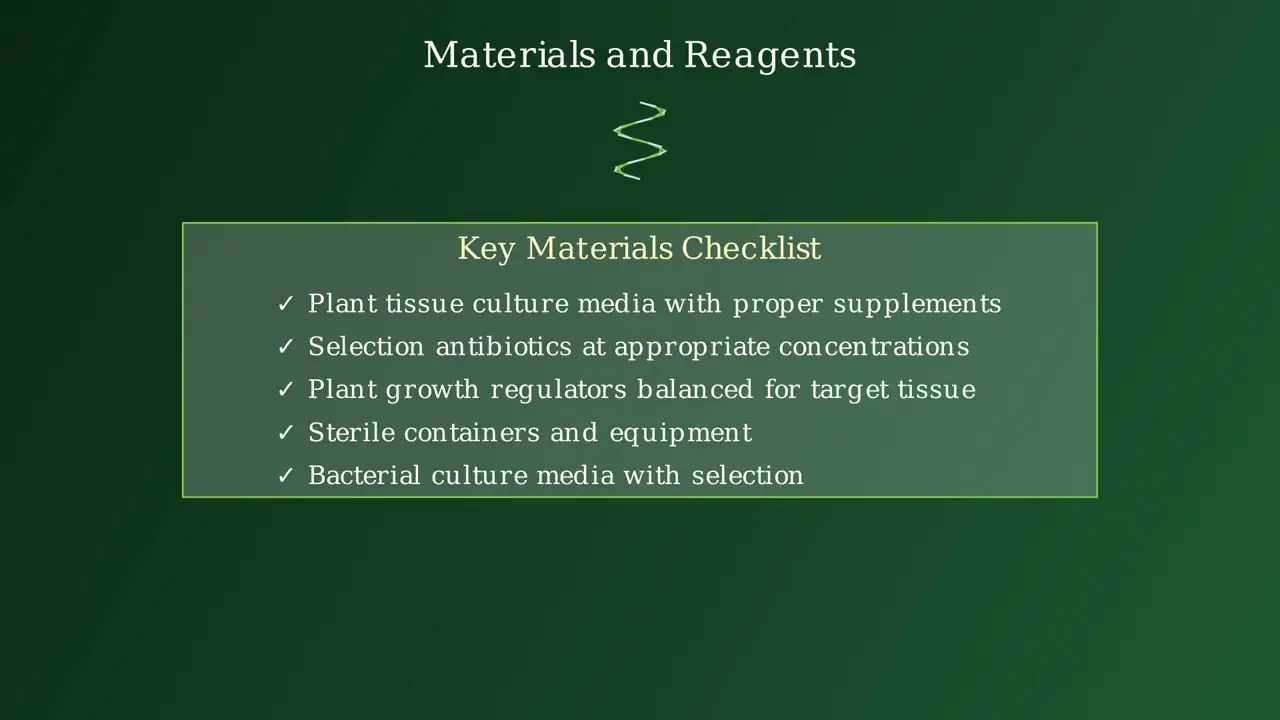
- Text Highlighting: Select any text in the post content to highlight it
- Text Annotation: Select text and add comments with annotations
- Comment Management: Edit or delete your own comments
- Highlight Management: Remove your own highlights
How to use: Simply select any text in the post content above, and you'll see annotation options. Login here or create an account to get started.